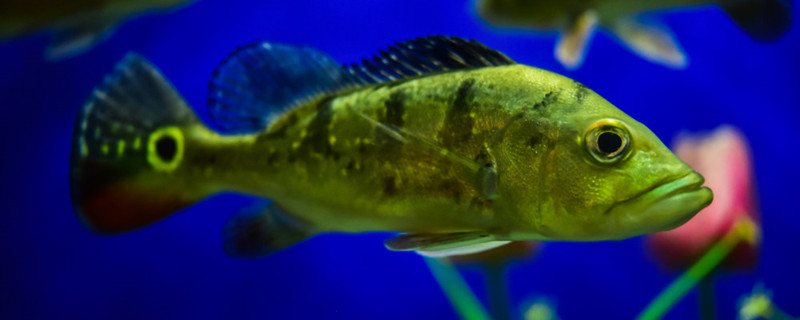
There are many filter-feeding fish, including the largest fish, the whale shark. Among the common food fish, silver carp, bighead carp, and sardines are also included. Filter-feeding fish generally feed on plankton, bacteria and organic debris, swallowing water and leaving their food through gill rakers. Large ones can also eat algae, krill and some small plankton.
Among the herbivorous fish, the most common ones are grass carp and bream, which mainly feed on aquatic plants, filamentous algae, and plants growing near the water. Artificial breeding, you can also feed some high-quality forage as food. It is worth mentioning that the feeding habits of these fish are actually changing, the young fish also eat plankton and insect larvae, and when they grow up, they begin to eat grass.
There are more carnivorous fish, such as perch, snakehead and catfish in edible fish, while among ornamental fish, arowana, seven-star knife and pencil fish are also carnivorous. The size of these fish are often not small, but also a large appetite, some can eat small fish and other aquatic animals, but also some eat insects.
Omnivorous fish have a more complex diet, which makes it easier for them to obtain food in the wild environment. For example, carp, crucian carp, and grass carp are all omnivorous, while ornamental fish include parrot fish, Sanhu cichlids, and swallow fish. In terms of food, they can eat fish, shrimp and insects, as well as vegetables and fruits.